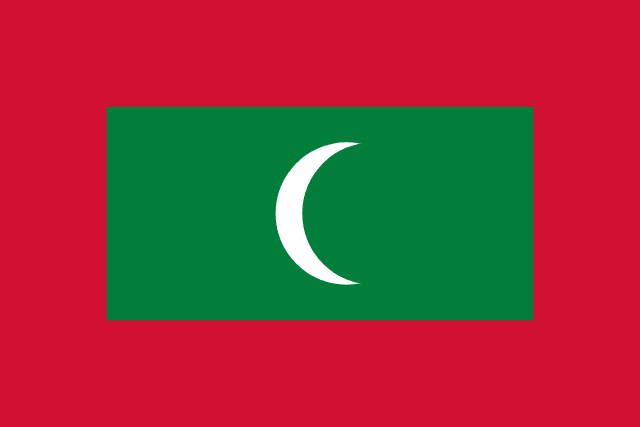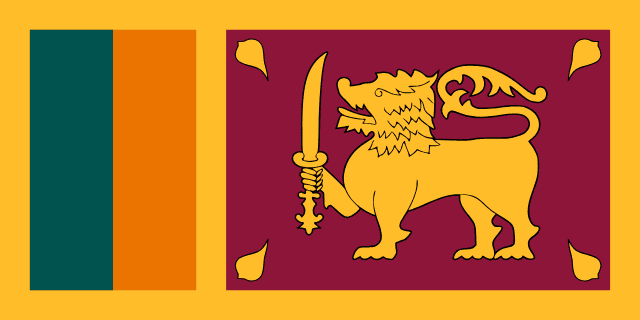Country Information
| Sovereign State | Yes |
| Country Codes | LK, LKA, 144 |
| Official Name | Democratic Socialist Republic of Sri Lanka |
| Continent | Asia |
| Capital | Sri Jayawardenepura Kotte (Administrative), Colombo (Commercial) |
| Government Type | Presidential Republic |
| Currency | Sri Lankan Rupee (LKR) |
| Calling Code | +94 |
| Member Of | United Nations, Commonwealth of Nations, SAARC, World Bank, International Monetary Fund, Asian Development Bank, Colombo Plan |
| Population | Approximately 22 million |
| Total Area | 65,610 km² |
| Highest Point | Pidurutalagala (2,524 meters, 8,281 feet) |
| Lowest Point | Indian Ocean (0 meters, 0 feet) |
| GDP Per Capita | USD 3,852 |
| Life Expectancy | 77 years |
| Internet TLD | .lk |
Sri Lanka National Anthem
Sri Lanka Matha (Mother Sri Lanka)
Mother Sri Lanka, we salute Thee!
Plenteous in prosperity, Thou,
Beauteous in grace and love,
Laden with corn and luscious fruit,
Flags of Neighboring Countries


History of the Sri Lanka Flag
The national flag of Sri Lanka, also known as the Lion Flag or Sinha Flag, was officially adopted on March 2, 1950. It is one of the most iconic and distinctive flags in the world due to its unique design and symbolism.
The flag consists of a golden lion holding a kastane sword in its right fore-paw in a maroon background with four gold bo leaves in each corner. The lion represents the Sinhalese ethnicity, the sword signifies the sovereignty of the nation, and the four bo leaves symbolize Buddhism and its influence on the nation. The maroon background portrays the other major ethnic groups in the country.
On the left side, there are two vertical stripes of green and saffron orange, representing the Muslim and Tamil communities, respectively. The green stripe stands for the Muslim faith and Moorish ethnicity, while the orange stripe represents the Hindu Tamils.
The Sri Lankan flag is a reflection of the country’s complex history and the ethnic diversity of its population. The flag has undergone several changes since its first adoption, particularly in the elements surrounding the lion. However, the core symbolism has remained the same.
This flag is a source of pride for Sri Lankans, symbolizing unity in diversity and the rich cultural tapestry of the nation. It is prominently displayed in public buildings, used in national ceremonies, and represents Sri Lanka in international events. The flag embodies the national identity, the heritage, and the aspirations of the Sri Lankan people.

